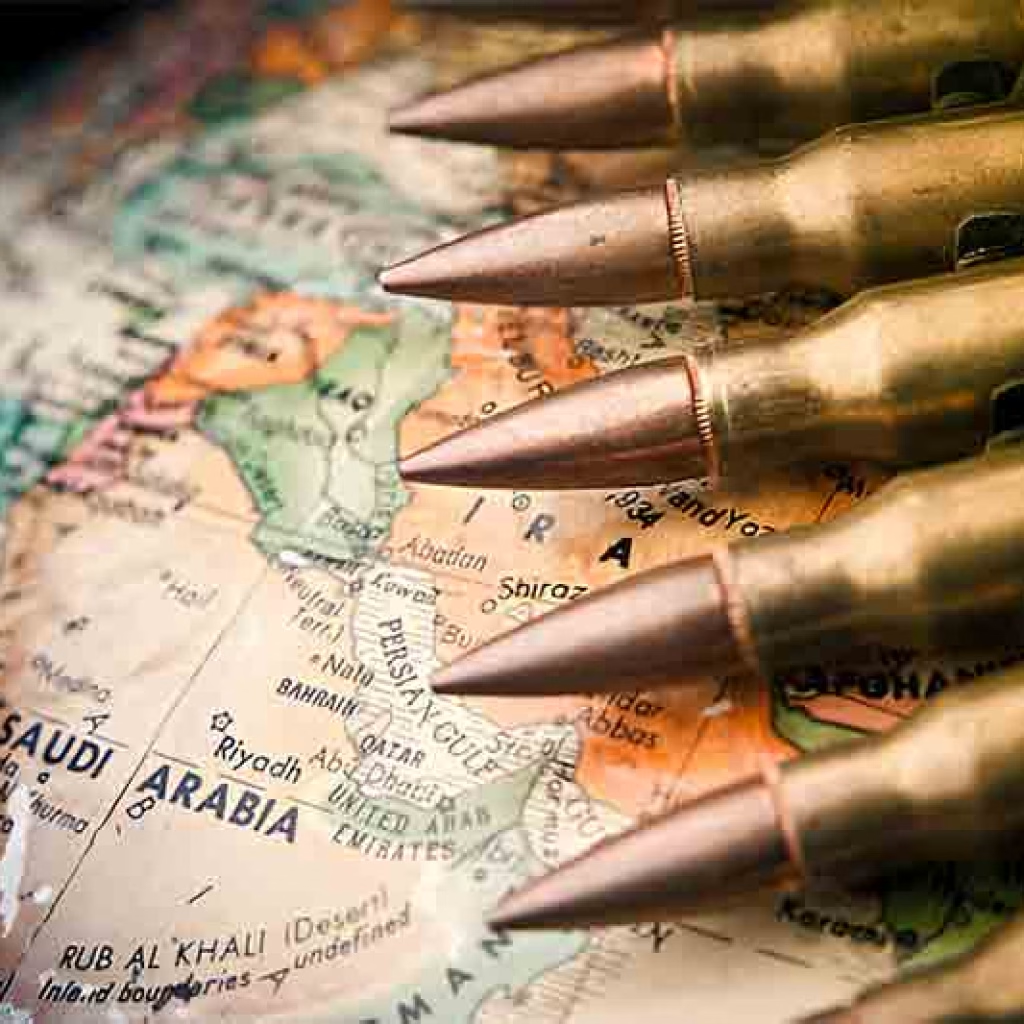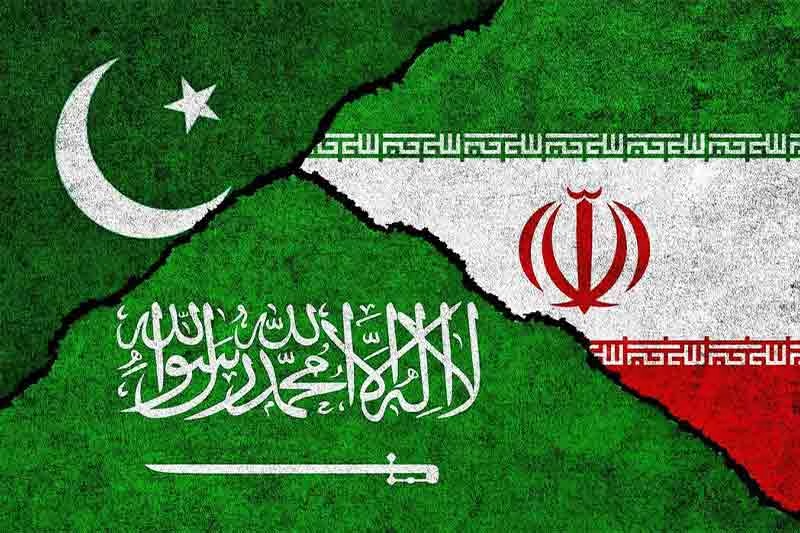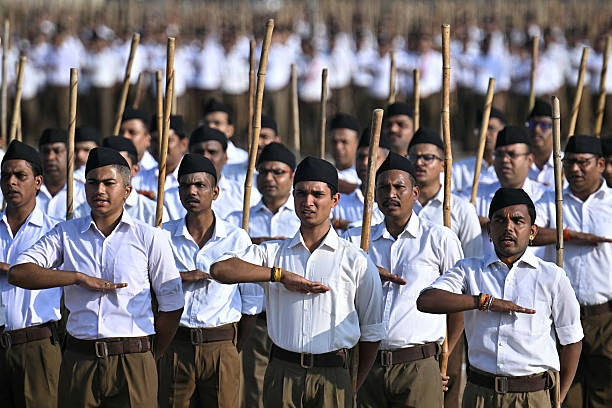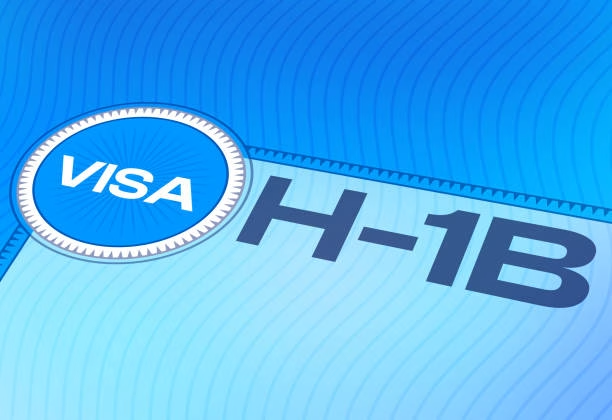Introduction: Pakistan Saudi Arabia defence pact
In September 2025, Pakistan Saudi Arabia defence pact, is a landmark defence cooperation pact in Islamabad. For decades, the two nations have relied on each other in matters of security, diplomacy, and finance. Pakistan Saudi Arabia Defence Pact formalizes that relationship, transforming it into a structured, long-term defence alliance.

The deal covers joint training programs, military exercises, technology transfer, and counterterrorism collaboration. It also paves the way for industrial cooperation and financial investments in Pakistan’s defence sector.
For Pakistan, the pact represents an opportunity to strengthen its defence industry and secure long-term funding at a time of economic uncertainty. For Saudi Arabia, it ensures access to Pakistan’s battle-hardened military expertise, particularly in counterinsurgency and unconventional warfare.
This article breaks down 7 iconic impacts of the Pakistan–Saudi Arabia defence pact, showing how it will reshape regional security, defence technology, and the balance of power in the Middle East and South Asia.
Also read, Stunning 75th PM Modi Birthday: Legacy of Service & Change
1. Strengthening Military Cooperation
The most visible outcome of the pact is a comprehensive plan for joint military cooperation. The deal establishes frameworks for:
- Joint Military Exercises: The Pakistan Army, Navy, and Air Force will hold routine drills with their Saudi counterparts. These exercises aim to improve interoperability, standardize tactics, and build trust between forces.
- Personnel Exchange: Officers from both nations will train at each other’s academies. Pakistani cadets will study in Riyadh, while Saudi officers will learn at the Pakistan Military Academy in Kakul and the National Defence University in Islamabad.
- Counterterrorism Training: Given Pakistan’s long history of dealing with insurgencies and terrorism, Saudi Arabia will benefit from its partner’s expertise. Programs will include urban warfare drills, counter-IED training, and border security strategies.
This cooperation strengthens both militaries. Pakistan gains access to Saudi funding and equipment upgrades, while Saudi Arabia benefits from practical, battle-tested training.
2. Boosting Defence Technology and Industrial Growth
Another critical element of the pact is defence technology cooperation. Both nations agreed to pursue joint projects in:
- Drone Technology (UAVs) – Pakistan already produces surveillance drones such as the Burraq. Saudi Arabia, with its financial resources, can co-fund advanced UAV programs for reconnaissance and combat roles.
- Missile Systems – Joint research on air defence systems could emerge, particularly as Saudi Arabia seeks to protect its oil infrastructure from regional threats.
- Cyber Defence – With growing cyber warfare threats, cooperation on digital security, encryption, and surveillance technologies will become a priority.
For Pakistan, this opens doors to foreign investment in its state-run defence firms like Pakistan Ordnance Factories (POF) and Heavy Industries Taxila (HIT). Saudi funding could modernize production facilities and help Pakistan export advanced equipment.
For Saudi Arabia, the pact provides access to experienced engineers and technicians from Pakistan, accelerating the Kingdom’s Vision 2030 goal of building a homegrown defence industry.
3. Economic and Strategic Benefits
The pact goes beyond military cooperation—it carries strong economic implications:
- Saudi Investments in Pakistan: The deal includes financial commitments to Pakistan’s defence infrastructure. These investments will strengthen Islamabad’s struggling economy, giving it breathing room to pursue long-term reforms.
- Employment Opportunities: Thousands of Pakistani defence professionals—engineers, trainers, and former officers—are expected to find jobs in Saudi Arabia under this arrangement.
- Arms Trade Growth: Pakistan may increase exports of small arms, ammunition, and vehicles to the Kingdom. In return, Riyadh will ensure reliable funding for joint defence projects.
This blend of economics and security deepens bilateral ties. Pakistan receives much-needed stability, while Saudi Arabia secures a partner that can deliver results in training, manpower, and expertise.
4. Historical Background: A Legacy of Military Ties
To understand the significance of this pact, one must look at the decades-long history of Pakistan–Saudi Arabia defence relations, due to Pakistan Saudi Arabia Defence Pact:
- 1960s: Pakistani pilots trained Saudi counterparts and helped build the foundation of the Royal Saudi Air Force.
- 1970s–1980s: Pakistani contingents were stationed in Saudi Arabia to provide security during regional crises, including the Iran–Iraq War.
- 1990s: Saudi Arabia provided oil and financial aid when Pakistan faced sanctions over its nuclear tests.
- 2000s onwards: Pakistan supported Saudi counterterrorism programs, while Riyadh extended financial bailouts during Pakistan’s recurring economic crises.
This pact is not a sudden development. Instead, it formalizes a legacy of quiet but consistent defence cooperation spanning over six decades.
5. Regional and Global Geopolitical Impact
The Pakistan Saudi Arabia Defence Pact is not just bilateral—it has regional and global implications:
- Middle East Security: Saudi Arabia gains a stronger defence ally at a time when Gulf security is evolving. The pact signals Riyadh’s intent to diversify its alliances beyond the U.S.
- South Asia Dynamics: India is likely to watch closely. New Delhi maintains strong ties with Gulf states, and this agreement could create competition in terms of influence.
- Iran Factor: Pakistan must carefully balance ties with Iran. Closer defence cooperation with Riyadh could strain Islamabad’s delicate relationship with Tehran.
- China’s Role: With Pakistan’s deep ties to China through the China–Pakistan Economic Corridor (CPEC), Beijing may support this pact as it enhances the security of a key regional partner.
- U.S. and Western Powers: Washington may see the pact as part of Saudi Arabia’s diversification strategy, but it could also worry about the growing independence of Riyadh from U.S. security frameworks.
In short, the Pakistan Saudi Arabia Defence Pact reshapes the regional chessboard, with ripples extending from the Persian Gulf to South Asia.
6. Strategic Statements and Diplomatic Messaging
Official statements from leaders underscore the symbolism and intent behind the pact:
- Khawaja Muhammad Asif, Pakistan’s Defence Minister: “This pact is a cornerstone of enduring defence partnership. It reflects the trust and brotherhood between our two nations.”
- Prince Khalid bin Salman, Saudi Defence Minister: “This agreement represents mutual respect and shared security interests. It is a step toward long-term stability in the region.”
The tone from both sides emphasized brotherhood, mutual trust, and shared responsibility for security.
7. Future Outlook: Beyond the Pact
The Pakistan Saudi Arabia Defence Pact is only the beginning. Future steps include:
- Joint Defence Committee: Both nations will create a body to oversee the pact, monitor progress, and approve new projects.
- First Joint Exercise (2026): Scheduled for next year, it will involve army and air force drills focusing on counterterrorism and rapid deployment.
- Vision 2030 Alignment: Saudi Arabia’s defence modernization program will integrate Pakistani expertise, especially in training and counterinsurgency.
- Potential Gulf–South Asia Alliance: The pact could inspire broader cooperation between Saudi Arabia, Pakistan, and other South Asian partners, potentially creating a new regional security framework.
Still, risks remain. Pakistan must avoid overreliance on Saudi funding, and Riyadh must manage tensions with Iran carefully. Both countries must ensure the pact strengthens security without igniting new rivalries.
Conclusion: A Strategic Brotherhood
The Pakistan Saudi Arabia defence pact is more than just a military agreement—it is a symbol of trust, partnership, and shared vision.
It solidifies decades of informal cooperation into a structured framework. It strengthens military capabilities, boosts technology, and brings economic relief. It also carries geopolitical weight, influencing dynamics across the Middle East and South Asia.
For Pakistan, the Pakistan Saudi Arabia Defence Pact provides stability in defence and economy. For Saudi Arabia, it ensures a reliable partner with proven expertise. For the region, it signals the rise of a new axis of security cooperation.
As the two nations look ahead, their Pakistan Saudi Arabia Defence Pact and bond is likely to shape the defence and security architecture of the region for decades to come.


